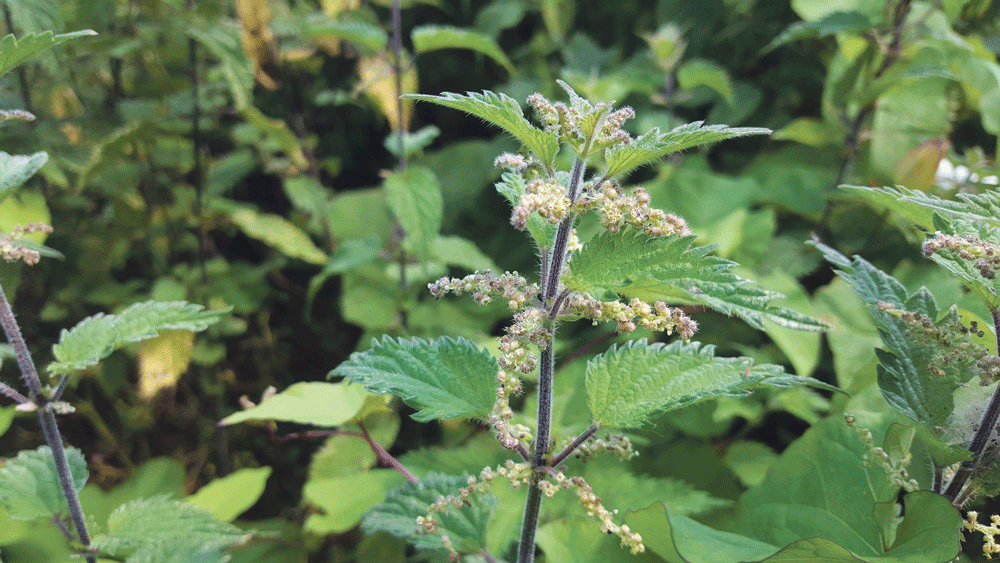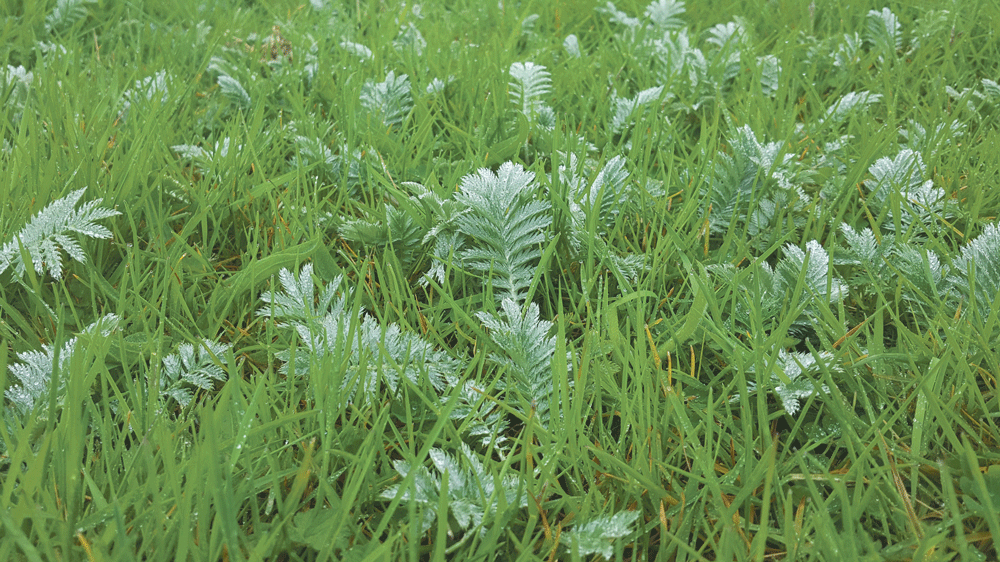

Nature on our doorsteps: Being hairy has its advantages
Rosaleen Dwyer is the County Heritage Officer at South Dublin County Council – every week she gives us an insight into the natural heritage around us and the beautiful biodiversity of the plants and creatures.
Just like mammals, many plants have hairs. Many of these hairs are easy to see, causing some leaves to feel soft and velvety.
Other plant hairs are tiny, and these are best seen using a microscope.
Hairs on plants offer a number of important advantages, and some play very important roles in the survival of plants.
Many plants use hairs as a defence mechanism against insects.
For small greenfly or aphids, a lot of hairs on a leaf act as an obstacle, blocking the insect’s way and slowing them down.
A densely hairy, velvety leaf makes it very difficult for aphids or caterpillars to get to the layer of leaf cells underneath where they need to feed.
Some plant hairs can also be sharp, and can injure the mouths and stomachs of caterpillars, preventing them from feeding any further.
Another important function of hairy leaves is that they help prevent the plant losing too much water.

The numerous grey hairs on the leaves of Silverweed gave this plant its name
When plants absorb water from the soil it travels up into their stems and leaves to hydrate the plant. Excess water is evaporated into the air through tiny holes on the leaves.
In warm weather, however, too much water can evaporate from the plant, causing it to wilt.
Hairy leaves help to hold water at the leaf surface, slowing down the evaporation process.
The hairs of some plants store fluids that smell or taste nasty.
When grazing animals brush past or take a nibble, the hairs break and the nasty smell and taste causes the animal to retreat.
Other plant hairs store more challenging toxic compounds that can hurt or even poison grazing animals.
The hairs on Nettle leaves, for example, are hollow, and these contain a drop of formic acid.
When we gently touch Nettle, the hairs stick into our skin and the acid is deposited under the surface. This causes pain and a rash, and it teaches us to avoid Nettles.
Without those protective hairs, the highly nutritious leaves of plants like Nettles would be eaten by many more grazing animals.

